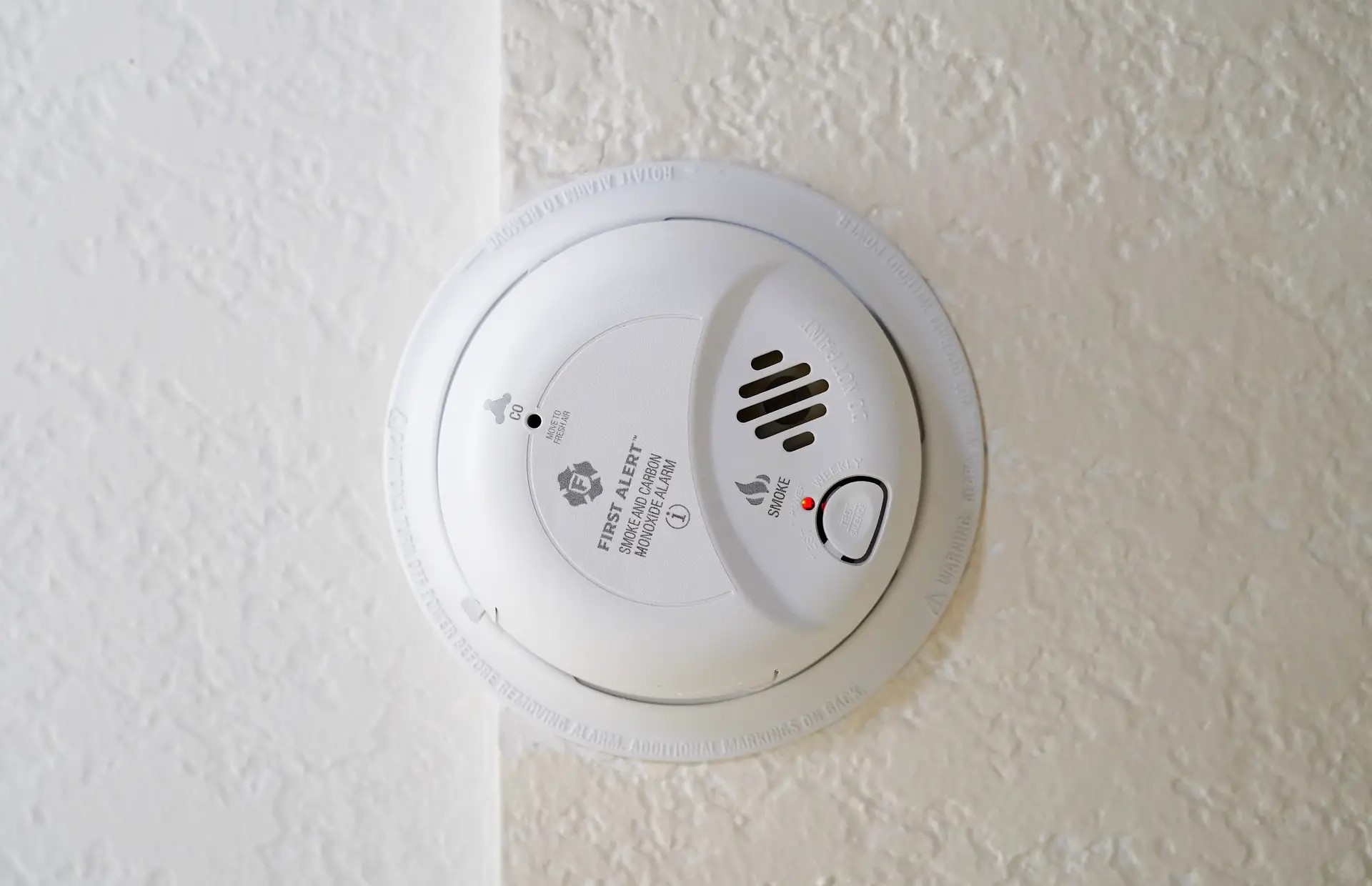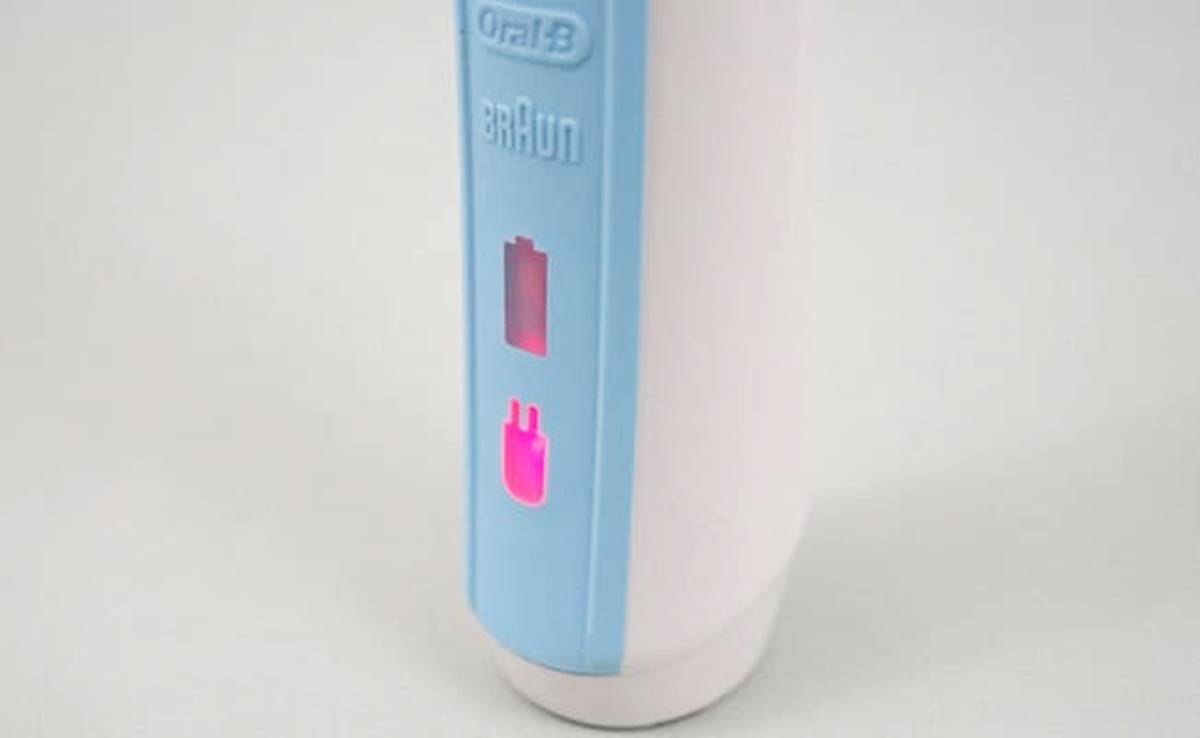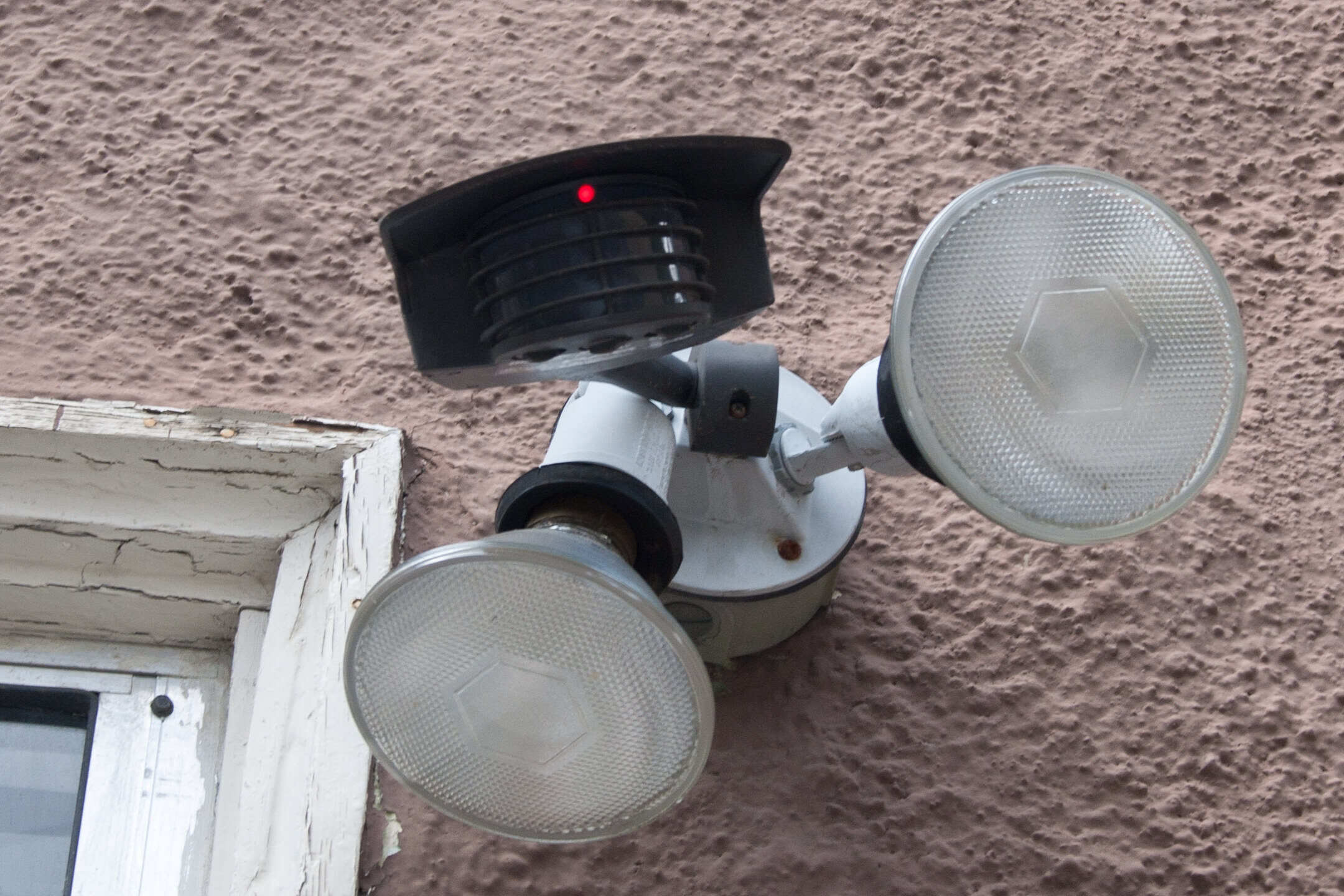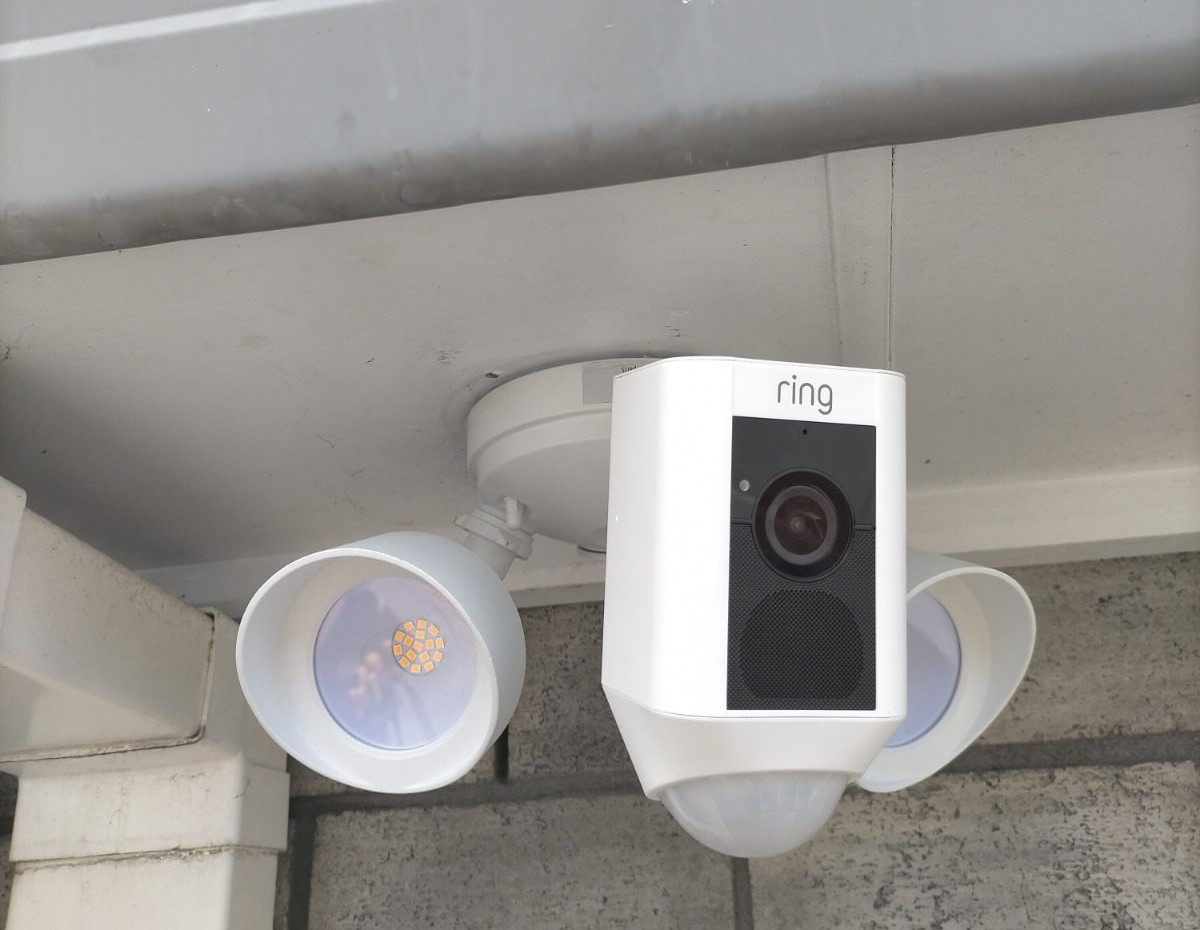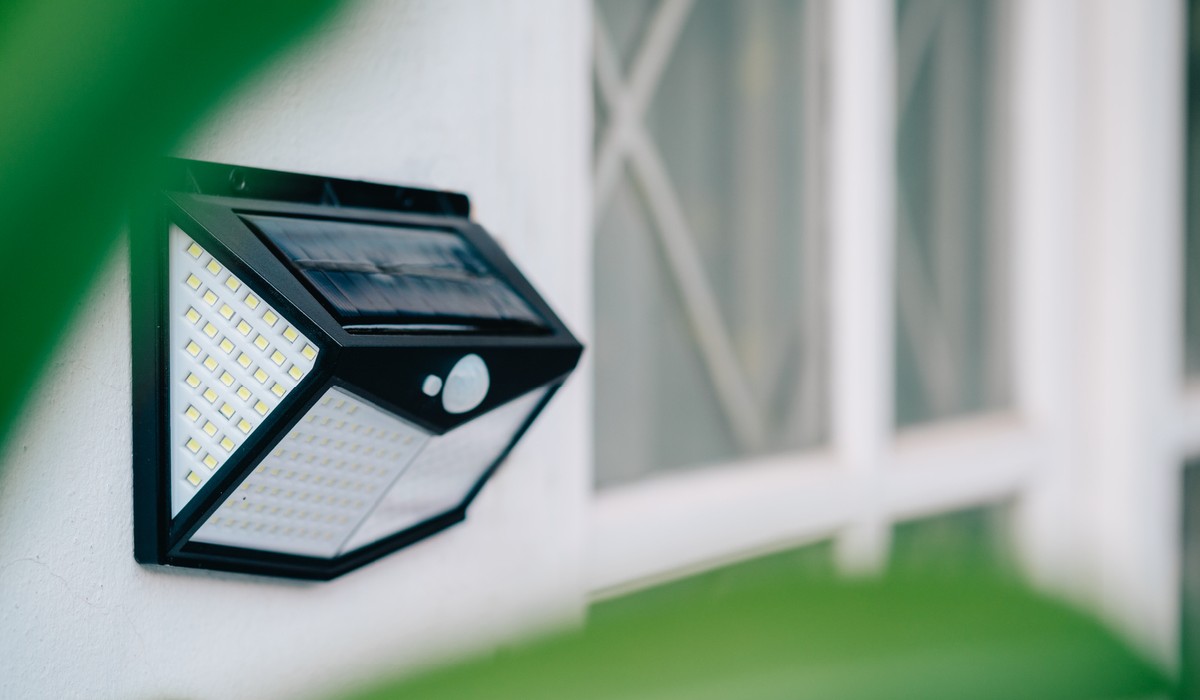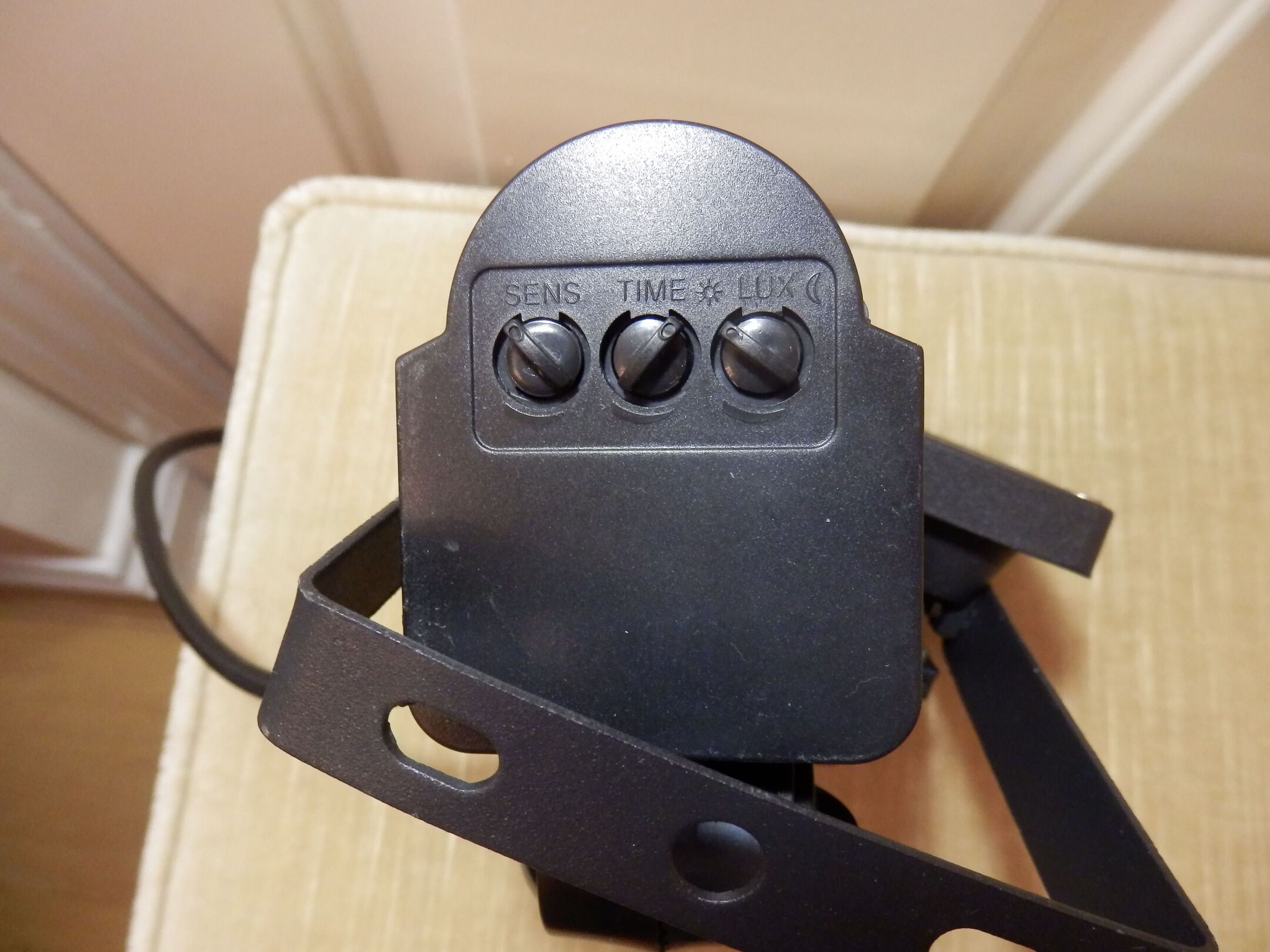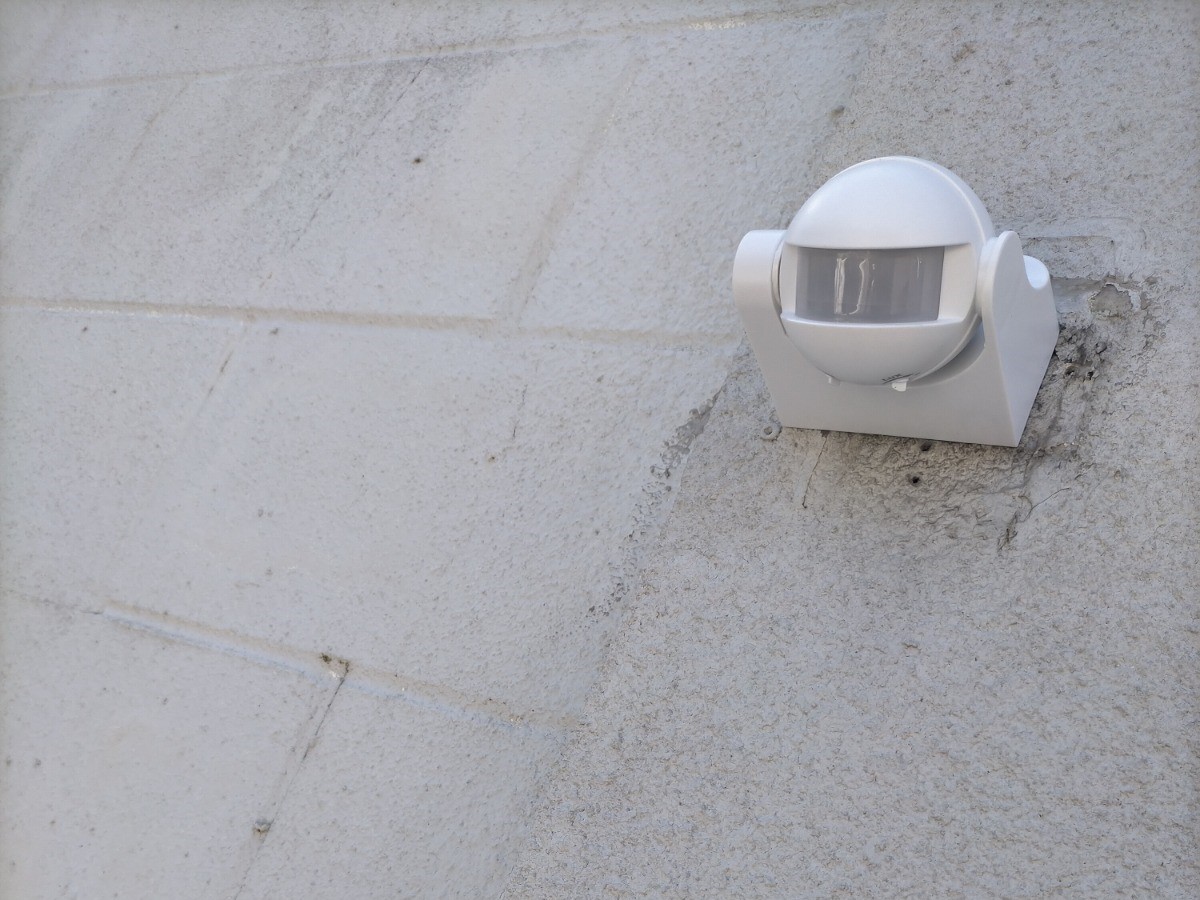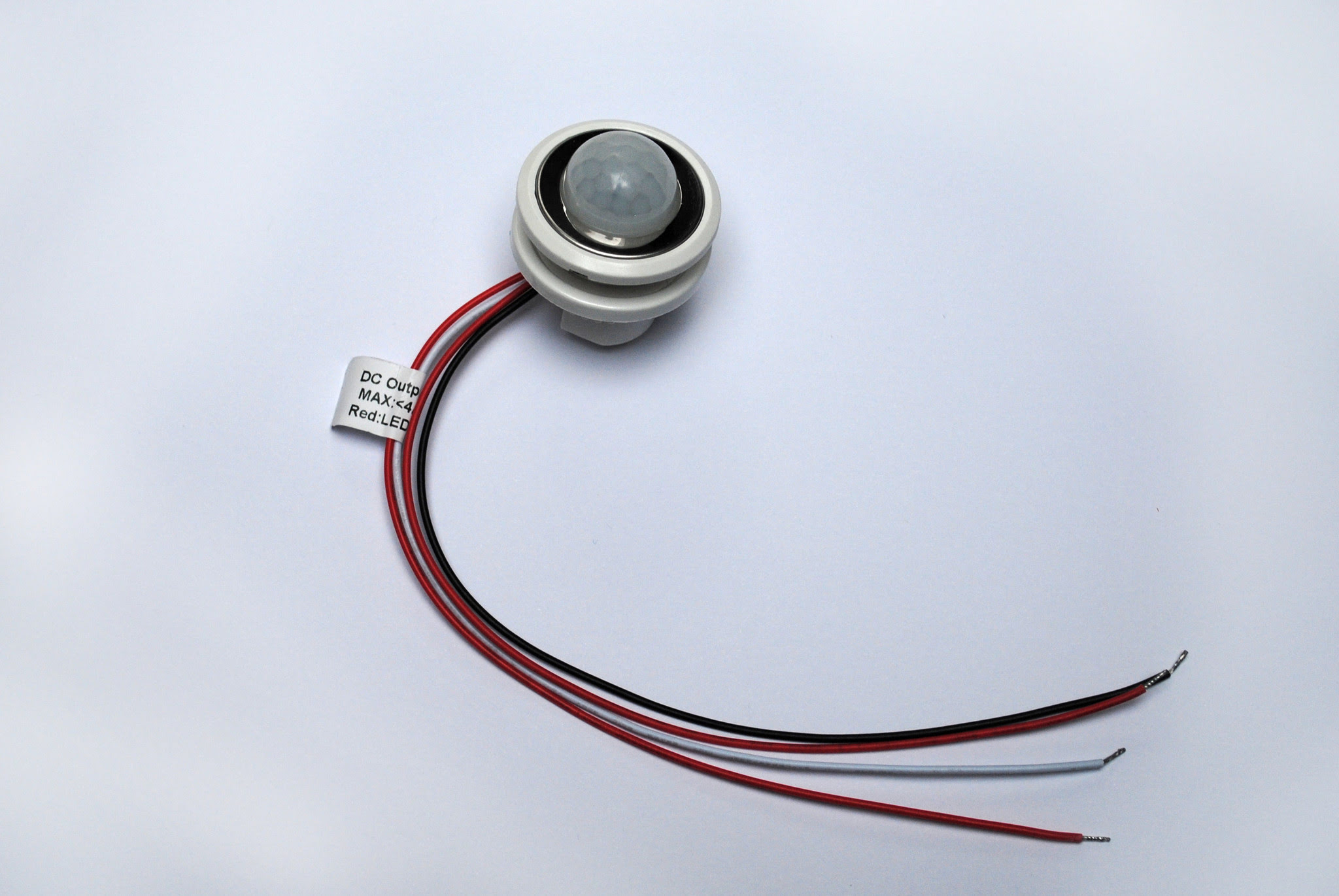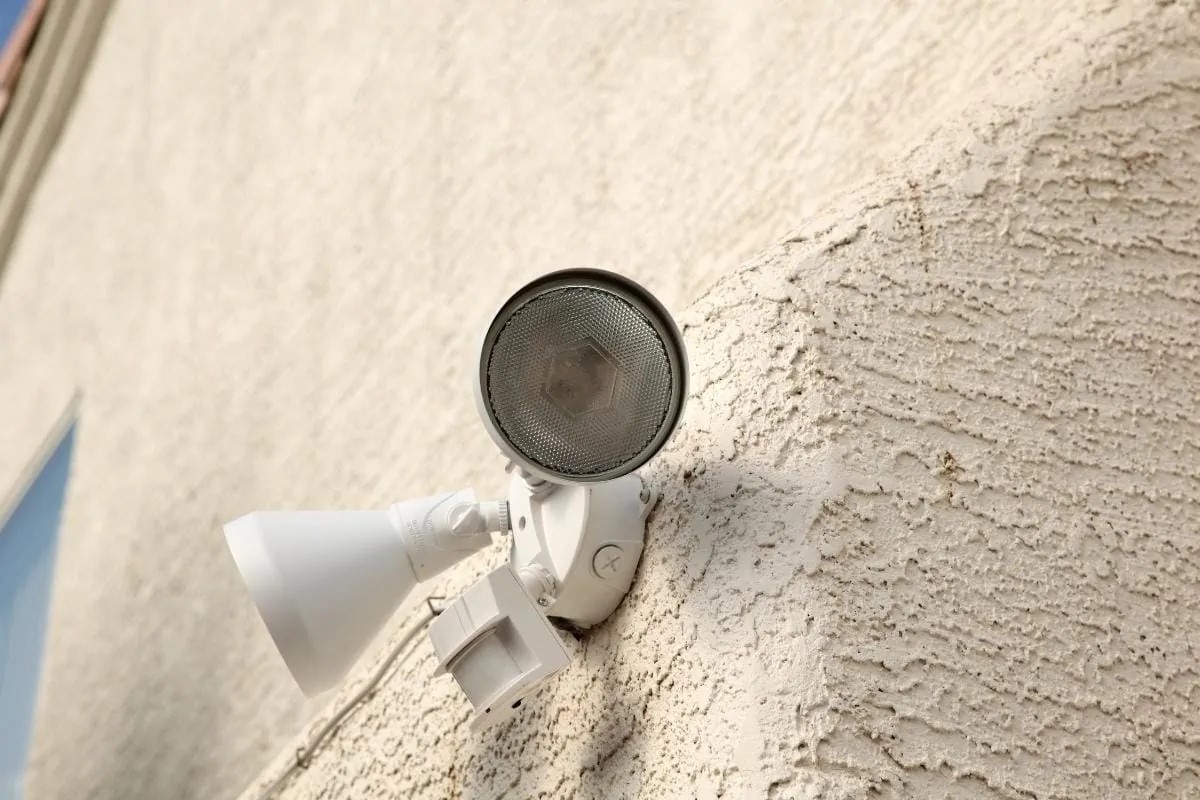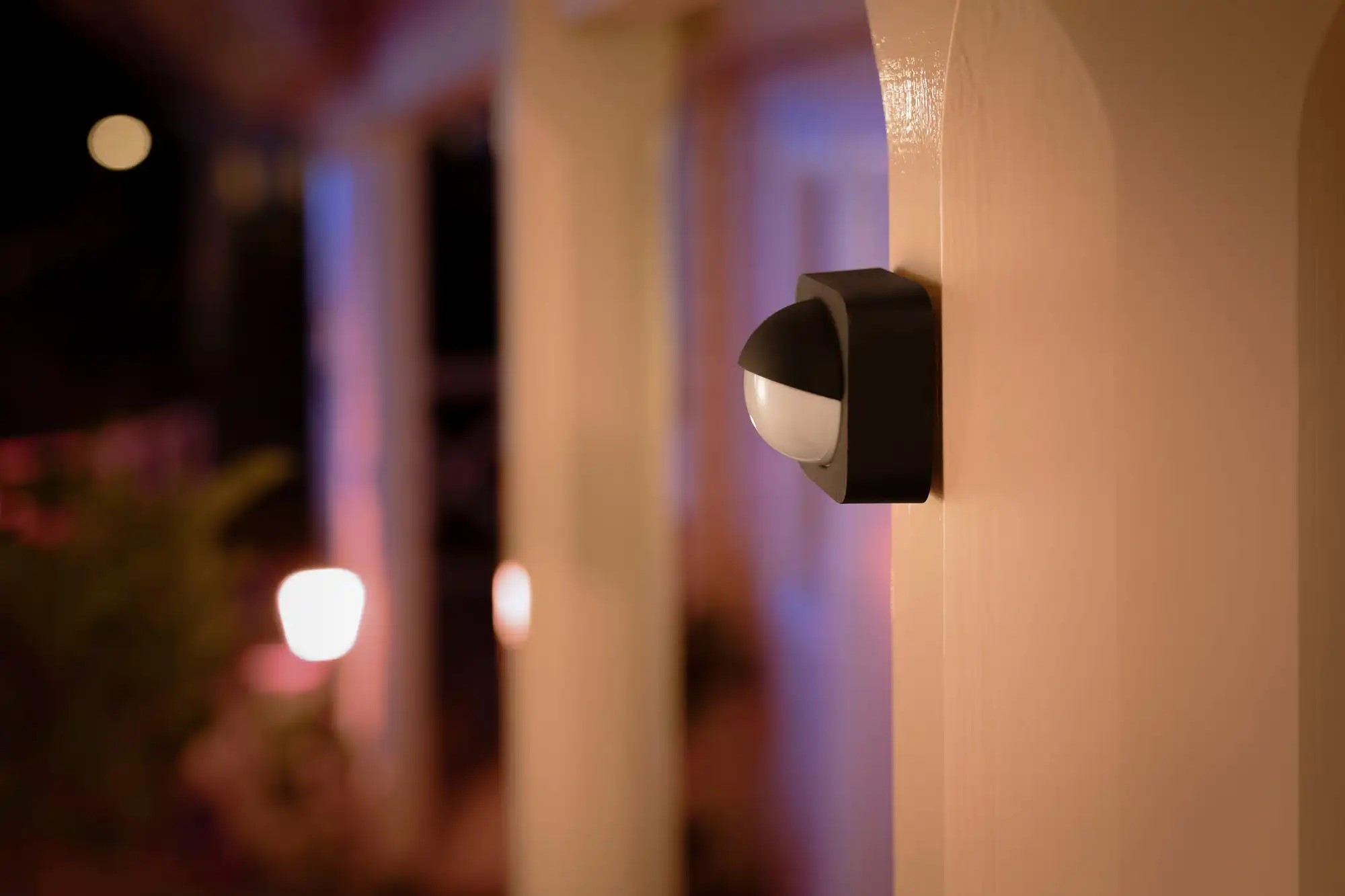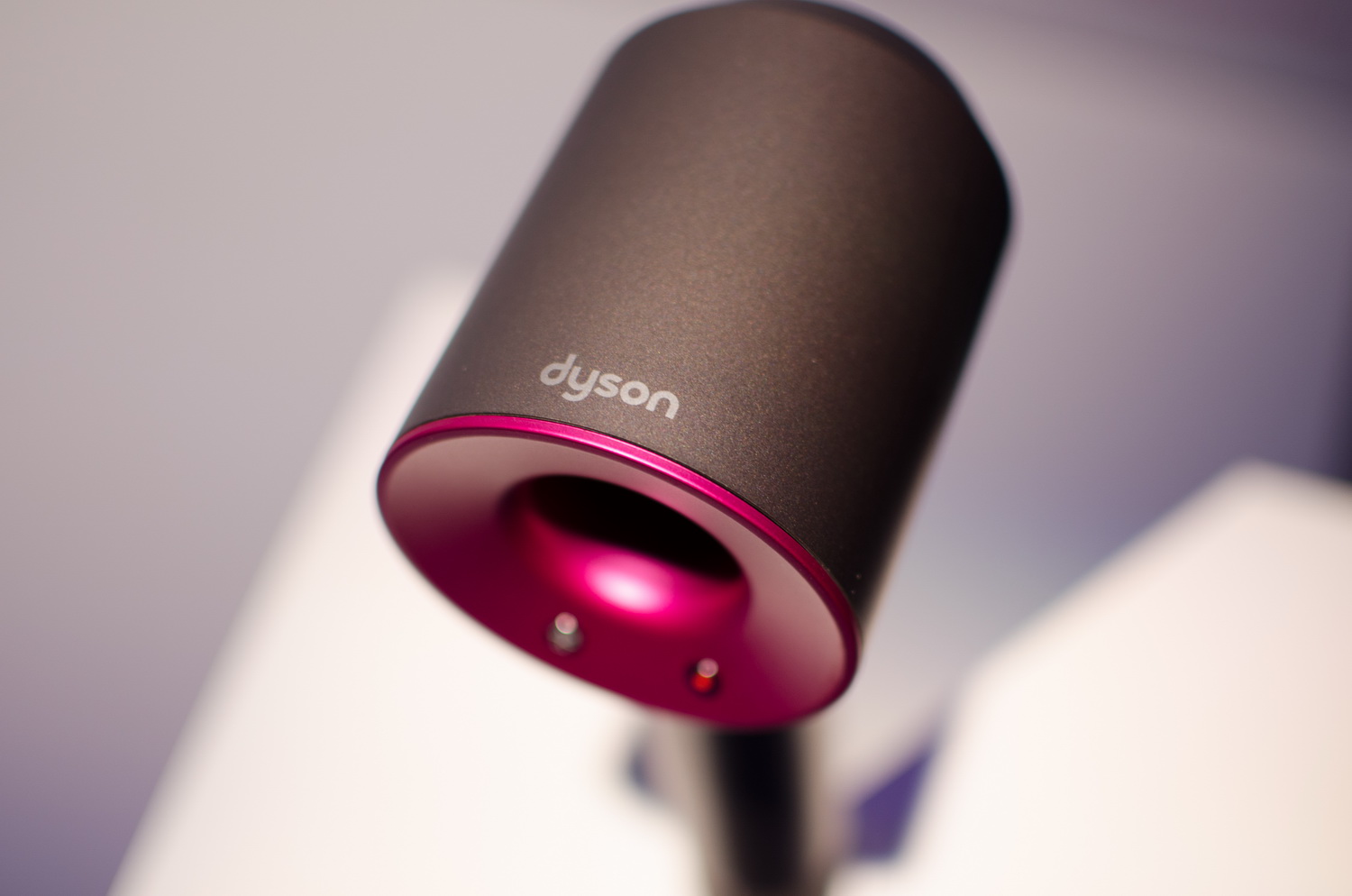Home>Home Security and Surveillance>What Is The Problem When Motion Detector Keeps Flashing A Red Light
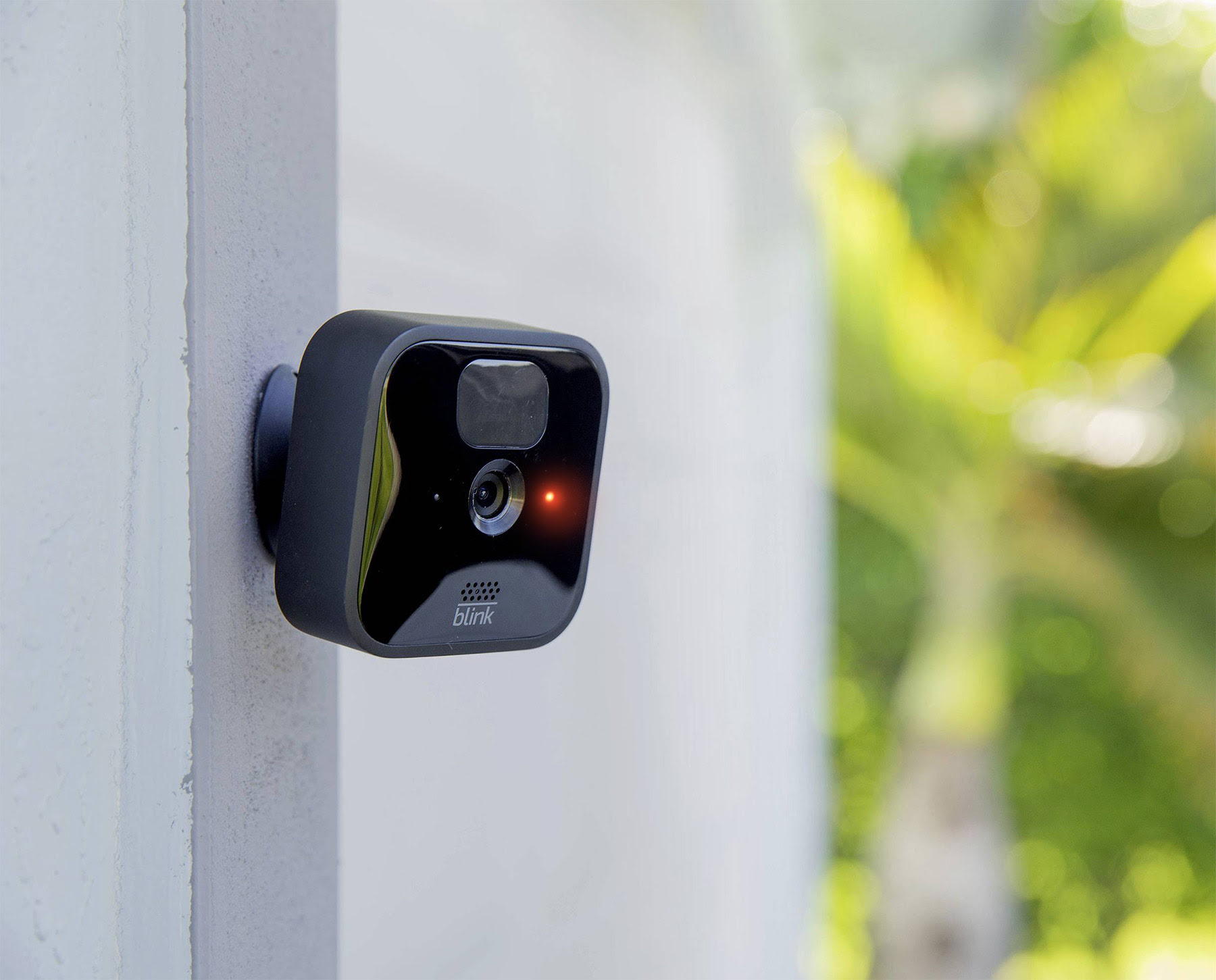

Home Security and Surveillance
What Is The Problem When Motion Detector Keeps Flashing A Red Light
Modified: August 23, 2024
Discover common issues when a motion detector keeps flashing a red light in your home security and surveillance system. Learn how to troubleshoot and resolve the problem today.
(Many of the links in this article redirect to a specific reviewed product. Your purchase of these products through affiliate links helps to generate commission for Storables.com, at no extra cost. Learn more)
Introduction
Welcome to our comprehensive guide on the common problem of a motion detector flashing a red light. Motion detectors play a crucial role in home security and surveillance systems, alerting homeowners to any potential intruders or suspicious activity. However, encountering a flashing red light on a motion detector can be confusing and alarming. In this article, we will delve into the possible causes of a motion detector’s red light indicator, discussing common problems and providing troubleshooting steps to help resolve the issue.
Before we dive into the specific reasons behind a flashing red light, let’s first gain a better understanding of motion detectors and their functionality.
Key Takeaways:
- Motion detectors flashing a red light may indicate low battery, interference from other devices, faulty wiring, or sensor alignment issues. Regular maintenance and troubleshooting can ensure optimal home security.
- To troubleshoot a motion detector’s flashing red light, check and replace the battery, remove interfering devices, inspect wiring, and realign the motion sensor. Following these steps can resolve common issues.
Overview of Motion Detectors
Motion detectors are electronic devices that detect and monitor movement within a specific area. They are commonly used in home security systems, outdoor lighting systems, and surveillance cameras. Motion detectors work by emitting various forms of energy, such as infrared radiation, microwave pulses, or ultrasonic waves, and then analyzing the reflected energy for any changes or disruptions.
When someone or something moves within the detection range of a motion detector, it triggers an alert or activates a specific action, such as turning on lights or sounding an alarm. In most cases, motion detectors are designed to be passive, meaning they do not emit energy actively but instead rely on detecting changes in the surrounding environment.
There are several types of motion detectors available on the market, including passive infrared (PIR) sensors, microwave sensors, and dual-technology sensors that combine two or more detection methods. PIR sensors, the most common type used in homes, detect infrared energy emitted by objects in their field of view. Microwave sensors, on the other hand, emit continuous microwave signals and measure any disturbances caused by moving objects.
Motion detectors are typically installed in strategic locations, such as entryways, hallways, or outdoor areas, to provide maximum coverage and protection. They are an essential component of any home security system, acting as a first line of defense against potential intruders.
With this basic understanding of motion detectors, let’s now explore the meaning and significance behind a motion detector’s red light indicator.
Understanding the Red Light Indicator
The red light indicator on a motion detector serves as a visual cue to signify its current status. While different models of motion detectors may have variations in how they use the red light, a flashing red light typically indicates an issue or a problem that needs attention. It is important to note that the specific meaning of the red light can vary depending on the manufacturer and model of the motion detector.
Typically, when a motion detector is functioning properly, the red light may remain off or may have a solid illumination indicating its readiness to detect motion. However, when the red light starts to flash, it suggests that there might be an underlying problem that needs to be resolved.
It is essential to refer to the product manual or contact the manufacturer to understand the specific meaning behind the flashing red light for your particular motion detector model. This will help you identify the root cause of the issue and take appropriate troubleshooting steps to rectify it.
Now that we have established the importance of the red light indicator, let’s explore some of the common problems that can lead to a motion detector’s red light flashing.
Common Problems with a Flashing Red Light
A flashing red light on a motion detector can indicate various issues that need to be addressed. While the specific cause may differ based on the model and manufacturer, here are some common problems associated with a flashing red light:
- Low Battery: Motion detectors are typically powered by batteries, and a flashing red light can indicate that the battery is running low and needs to be replaced. It is crucial to regularly check the battery status and replace them as needed to ensure the motion detector functions properly.
- Interference from Other Devices: Nearby electronic devices can interfere with the signals of a motion detector, causing the red light to flash. Common sources of interference include wireless routers, cordless phones, and even nearby construction equipment. Moving interfering devices away from the motion detector or installing shielding materials can help mitigate this issue.
- Faulty Wiring or Connection: A loose or faulty wiring connection can disrupt the functionality of the motion detector, leading to a flashing red light. It is essential to check the wiring and connections, ensuring they are secure and properly connected.
- Sensor Alignment Issues: If the motion detector’s sensors are not properly aligned or calibrated, it may result in false triggers or incomplete detection. This can cause the red light to flash as a warning sign. Adjusting and aligning the sensors according to the manufacturer’s instructions can help resolve this issue.
These are some of the most common problems associated with a motion detector flashing a red light. It is important to address these issues promptly to ensure the optimal functioning of your home security and surveillance system.
Now that we have identified the common problems, let’s move on to the troubleshooting steps you can take to resolve the issue of a flashing red light on your motion detector.
Low Battery
One of the most common reasons for a motion detector’s red light to flash is a low battery. Motion detectors are typically powered by batteries, and when the battery level drops below a certain threshold, the red light may start flashing as a warning sign.
To resolve this issue, follow these troubleshooting steps:
- Check the product manual: Consult the user manual or documentation provided by the manufacturer to determine the type of battery required for your motion detector and how to access it.
- Replace the battery: If the battery level is low, remove the old battery and replace it with a fresh one, ensuring that you follow the correct polarity. It is recommended to use high-quality batteries for optimal performance.
- Test the motion detector: After replacing the battery, perform a test by triggering the motion detector and observing if the red light continues to flash. If the issue persists, move on to the next troubleshooting steps.
Regularly checking and replacing the batteries in your motion detector is essential to ensure its reliable operation. It is recommended to establish a schedule for battery replacement and keep spare batteries on hand to avoid any disruptions in the functioning of your home security system.
Now that we have addressed the issue of low battery, let’s move on to the next common problem that can cause a motion detector’s red light to flash: interference from other devices.
Interference from Other Devices
Interference from other electronic devices is another common reason for a motion detector’s red light to flash. Nearby electronic devices can emit signals or electromagnetic radiation that disrupt the motion detector’s operation, causing the red light to flash as a warning sign.
To address this issue, follow these troubleshooting steps:
- Identify potential sources of interference: Look for any devices in close proximity to the motion detector that could be causing interference. Common sources include wireless routers, cordless phones, baby monitors, and even large appliances.
- Move interfering devices away: If possible, relocate interfering devices further away from the motion detector. The goal is to create a distance between the motion detector and the source of interference, reducing the chances of signal disruption.
- Install shielding materials: In some cases, it may not be feasible to move interfering devices. In such situations, consider using shielding materials, such as aluminum foil or specialized electromagnetic shielding film, to minimize the impact of interference.
- Test the motion detector: After implementing these measures, trigger the motion detector and observe if the red light continues to flash. If the interference issue persists, proceed to the next troubleshooting steps.
Dealing with interference from other devices can be challenging, but taking these steps can significantly improve the performance of your motion detector and reduce the occurrence of a flashing red light.
Now that we have addressed interference as a potential cause of a flashing red light, let’s move on to another common problem: faulty wiring or connection.
Faulty Wiring or Connection
A motion detector’s red light may flash if there is a problem with the wiring or connection. A loose or faulty wiring connection can disrupt the proper functioning of the motion detector, leading to the flashing red light indicator.
To address this issue, follow these troubleshooting steps:
- Inspect the wiring connections: Carefully examine the wiring connections at the motion detector, ensuring they are securely connected and properly tightened. If you notice any loose or damaged wires, fix or replace them accordingly.
- Check the power source: Ensure that the power source supplying electricity to the motion detector is functioning correctly. If the motion detector is wired directly to a power source, make sure the wiring is properly connected and not damaged.
- Verify the compatibility of the wiring: Check if the wiring used for the motion detector is compatible with the device. Some motion detectors have specific wiring requirements, and using the wrong type of wire can lead to connectivity issues.
- Test the motion detector: After inspecting and securing the wiring connections, trigger the motion detector to see if the red light continues to flash. If the issue persists, proceed to the next troubleshooting steps.
Addressing faulty wiring or connection issues is crucial for the proper functioning of your motion detector and to prevent false alarms or failures in detecting genuine motion events. Regularly inspecting and maintaining the wiring connections can help ensure the reliability of your home security system.
Now that we have discussed faulty wiring as a possible cause of a flashing red light, let’s move on to the next issue: sensor alignment problems.
Check the power source and make sure it’s connected properly. If the red light continues to flash, try resetting the motion detector by turning off the power for a few minutes and then turning it back on. If the issue persists, contact the manufacturer for further assistance.
Sensor Alignment Issues
Sensor alignment problems can be another cause for a motion detector’s red light to flash. If the sensors within the motion detector are not properly aligned or calibrated, it can result in inaccurate detection or false triggers, leading to the flashing red light indicator.
To address this issue, follow these troubleshooting steps:
- Refer to the manufacturer’s instructions: Consult the user manual or documentation provided by the manufacturer to understand the recommended sensor alignment methods specific to your motion detector model.
- Adjust sensor position: Carefully adjust the position of the motion detector’s sensors, ensuring they are pointed in the desired direction and covering the intended detection area. Make small adjustments and monitor the red light indicator as you do so.
- Calibrate sensitivity settings: Some motion detectors allow you to adjust the sensitivity settings to optimize the detection parameters. Check if your motion detector has sensitivity adjustments and calibrate them according to your needs and the environment.
- Test the motion detector: After aligning the sensors and adjusting the sensitivity settings, trigger the motion detector to see if the red light continues to flash. If the issue persists, you may need to consult a professional or contact the manufacturer for further assistance.
Proper sensor alignment is crucial for accurate motion detection and the reliable operation of your home security system. Regularly checking and adjusting the sensor alignment can help minimize false alarms and ensure optimal performance.
Now that we have addressed sensor alignment issues as a potential cause of a flashing red light, let’s move on to the troubleshooting steps you can take to resolve this issue.
Troubleshooting Steps for a Flashing Red Light
If you encounter a motion detector with a flashing red light, you can follow these troubleshooting steps to identify and resolve the issue:
- Check the Battery Level: Low battery voltage is a common cause of a flashing red light. Begin by checking the battery level and replacing it if necessary. Refer to the product manual for instructions on replacing the battery.
- Remove Interfering Devices: Nearby electronic devices can interfere with the motion detector’s signals, leading to a flashing red light. Identify and relocate any potential sources of interference, such as wireless routers or cordless phones.
- Inspect the Wiring and Connections: Faulty wiring or loose connections can disrupt the motion detector’s operation. Carefully examine the wiring connections, ensuring they are secure and properly connected. Verify the compatibility of the wiring as well.
- Realign the Motion Sensor: Sensor misalignment can lead to inaccurate detection and a flashing red light. Refer to the manufacturer’s instructions to align the sensors properly. Make small adjustments and test the motion detector after each adjustment.
It is important to remember that specific troubleshooting steps might vary depending on the make and model of the motion detector. Always refer to the product manual or contact the manufacturer for guidance.
If you have followed these troubleshooting steps and the flashing red light issue persists, it is recommended to seek professional assistance or contact the manufacturer’s customer support for further guidance and troubleshooting options.
By diligently following these troubleshooting steps, you can identify and address the underlying problem causing the motion detector’s red light to flash, ensuring the optimal functioning of your home security and surveillance system.
Now, let’s wrap up this guide to troubleshooting a flashing red light issue on motion detectors.
Check the Battery Level
One of the most common causes of a motion detector’s red light flashing is a low battery. Motion detectors are typically powered by batteries, and when the battery level drops below a certain threshold, the red light may start to flash as an indicator that the battery needs to be replaced or recharged.
To address this issue, follow these troubleshooting steps:
- Refer to the product manual: Consult the user manual or documentation provided by the manufacturer to understand the type of battery required for your motion detector and how to access it.
- Locate the battery compartment: Depending on the design of your motion detector, the battery compartment could be located on the back or underside of the device. Use caution when handling the motion detector to avoid any accidental damage.
- Remove the old battery: Carefully remove the old battery from the battery compartment, following the proper guidelines for battery removal. Pay attention to the polarity markings to ensure correct installation of the new battery.
- Replace the battery: Insert a fresh, fully charged battery into the battery compartment, making sure to align the polarity correctly. Ensure that the battery is securely in place to establish proper contact.
- Test the motion detector: After replacing the battery, trigger the motion detector to see if the red light continues to flash. If the battery was the cause of the issue, the red light should stop flashing, indicating that the battery replacement resolved the problem.
Regularly checking and replacing the batteries in your motion detector is essential to ensure its reliable operation. It is recommended to establish a schedule for battery replacement and keep spare batteries on hand to avoid any disruptions in the functioning of your home security system.
By checking the battery level and replacing the battery if necessary, you can address one common cause of a flashing red light on a motion detector and ensure the continued functionality and effectiveness of your home security setup.
Now, let’s move on to the next troubleshooting step to resolve the issue of a flashing red light on your motion detector.
Remove Interfering Devices
Interference from other electronic devices can disrupt the signals of a motion detector and cause its red light to flash. If you notice a flashing red light on your motion detector, it is essential to identify and remove any potential sources of interference to restore its proper functionality.
To address this issue, follow these troubleshooting steps:
- Identify potential sources of interference: Look for electronic devices in close proximity to the motion detector that could be causing interference. Common sources include wireless routers, cordless phones, baby monitors, and even large appliances such as refrigerators or washing machines.
- Relocate interfering devices: If possible, move interfering devices further away from the motion detector. Increasing the distance between the motion detector and the source of interference can significantly reduce its impact on the detector’s signals.
- Use shielding materials: If moving the interfering devices is not feasible or sufficient to eliminate the interference, consider using shielding materials to minimize the impact. Aluminum foil or specialized electromagnetic shielding film can be used to create a barrier between the motion detector and the interfering device.
- Test the motion detector: After implementing these measures, trigger the motion detector to see if the red light continues to flash. If the interference issue was the cause, the red light should stop flashing, indicating that removing the interfering devices or using shielding materials resolved the problem.
Dealing with interference from other devices can be challenging, but by identifying and removing potential sources of interference, you can restore the proper functioning of your motion detector. Keep in mind that some devices may emit intermittent or periodic interference, so it is important to monitor the motion detector’s performance over time and take necessary actions if the issue persists or recurs.
With the removal of interfering devices, we have taken another important troubleshooting step to address the flashing red light issue on your motion detector. Let’s continue to the next step to further resolve the issue.
Inspect the Wiring and Connections
A flashing red light on a motion detector can also be caused by faulty wiring or loose connections. It is crucial to inspect the wiring and connections to ensure that the motion detector is receiving the necessary power and transmitting signals properly.
To address this issue, follow these troubleshooting steps:
- Power off the motion detector: Before inspecting the wiring and connections, ensure that the power to the motion detector is turned off. This will prevent any potential electrical hazards during the troubleshooting process.
- Examine the wiring: Carefully inspect the wiring connected to the motion detector, looking for any visible signs of damage or wear. Check for frayed wires, loose connections, or any exposed conductors. If you notice any issues, repair or replace the wiring as needed.
- Verify the connection: Ensure that the wiring is securely connected to the appropriate terminals on the motion detector. Check for any loose screws or connectors and tighten them if necessary. Make sure the connections are properly aligned and seated firmly.
- Check the power source: If your motion detector is wired directly to a power source, inspect the power source connection as well. Ensure that the wiring is securely connected and that there are no loose or damaged wires.
- Test the motion detector: After inspecting and securing the wiring and connections, turn on the motion detector and trigger it to test if the red light continues to flash. If the issue was related to faulty wiring or connections, the red light should stop flashing, indicating that the problem has been resolved.
Regularly inspecting and maintaining the wiring connections is crucial for the proper operation of your motion detector. Loose or faulty wiring can not only cause a flashing red light but also impact the overall functionality and reliability of your home security system.
By carefully examining and securing the wiring and connections, you have taken another important troubleshooting step to resolve the flashing red light issue on your motion detector. Let’s proceed to the final troubleshooting step to address the issue completely.
Realign the Motion Sensor
If the motion sensor within your motion detector is misaligned or not properly calibrated, it can cause the red light to flash. Realigning the motion sensor can help ensure accurate motion detection and resolve the issue of a flashing red light.
To address this issue, follow these troubleshooting steps:
- Refer to the manufacturer’s instructions: Consult the user manual or documentation provided by the manufacturer to understand the recommended method for realigning the motion sensor specific to your motion detector model.
- Assess the current sensor position: Evaluate the current position of the motion sensor and determine if it covers the desired detection area. Look for any obstructions, such as furniture or plants, that may impede the sensor’s field of view.
- Make small adjustments: Carefully adjust the position of the motion sensor to align it correctly. Aim to cover the intended detection zone while avoiding any potential false triggers caused by external factors like wind or pets.
- Calibrate sensitivity settings: Some motion detectors allow you to adjust the sensitivity settings. If applicable, consult the manual to calibrate the sensitivity according to your preferences and the environmental conditions.
- Test the motion detector: After realigning the motion sensor, trigger the motion detector to see if the red light continues to flash. If the issue was related to the sensor’s misalignment, the red light should stop flashing, indicating that the realignment resolved the problem.
Proper alignment of the motion sensor is crucial for accurate motion detection and reliable performance. By carefully adjusting the position and calibrating the sensitivity if necessary, you can minimize false triggers and ensure that your motion detector effectively detects any motion within the designated area.
With the realignment of the motion sensor, you have completed all the troubleshooting steps to address the flashing red light issue on your motion detector. Let’s conclude our guide with a recap of the steps taken.
Read more: When Was The Motion Detector Invented?
Conclusion
A motion detector’s flashing red light can be a cause for concern and may indicate an underlying problem that needs to be resolved. Throughout this comprehensive guide, we have explored the common problems associated with a flashing red light on a motion detector and provided troubleshooting steps to help address these issues.
We started by gaining an understanding of motion detectors and their functionality. We then discussed the significance of the red light indicator and the various common problems that can cause it to flash. These problems include low battery, interference from other devices, faulty wiring or connections, and sensor alignment issues.
To troubleshoot a motion detector flashing a red light, we provided step-by-step instructions for each common problem. We covered checking the battery level and replacing it if necessary, removing interfering devices, inspecting the wiring and connections, and realigning the motion sensor. By following these troubleshooting steps, you can identify and resolve the issue causing the flashing red light, ensuring the optimal functioning of your motion detector and home security system.
It is important to remember that the specific troubleshooting steps may vary depending on the make and model of your motion detector. Always refer to the product manual or contact the manufacturer for guidance specific to your device.
By proactively addressing and resolving the causes of a flashing red light on your motion detector, you can maintain the reliability and effectiveness of your home security and surveillance system. Regular maintenance and periodic checks are essential to ensure the seamless operation of your motion detector and provide peace of mind regarding your home’s security.
We hope this guide has provided valuable insights and guidance for troubleshooting the flashing red light issue on your motion detector. Remember to prioritize your safety and follow proper safety precautions when handling electrical components. Should you encounter persistent issues or need further assistance, it is recommended to consult a professional or reach out to the manufacturer’s customer support for additional support.
Stay proactive, stay vigilant, and enjoy the enhanced security and peace of mind provided by your motion detector and home security system.
Frequently Asked Questions about What Is The Problem When Motion Detector Keeps Flashing A Red Light
Was this page helpful?
At Storables.com, we guarantee accurate and reliable information. Our content, validated by Expert Board Contributors, is crafted following stringent Editorial Policies. We're committed to providing you with well-researched, expert-backed insights for all your informational needs.
